Benin, one of Nigeria’s oldest cities, is a treasure trove of cultural heritage and history. It is home to some of the country’s most valuable ancient artworks, relics, and artefacts, making it a unique cultural hub.
However, a significant portion of these treasures, including the royal palace, were plundered during the invasion of the Kingdom of Benin on 9 February 1897, profoundly impacting the city’s cultural landscape.
The royal palace was burned and looted during the raid, and the Oba went into exile. It is said that approximately 3,000 Benin Bronzes were stolen and ended up in museums and private collections worldwide.
The Nigerian government has been actively working to repatriate these stolen cultural artefacts. Several countries, including the Netherlands, Mexico, Scotland, the UK, and Germany, have returned or committed to returning these artworks.
 (Charles LeQuesne – Head of Archaeology, MOWAA, Ken Faulkner – Associate Principal at Adjaye Associate, Phillip Ihenacho – Director, MOWAA)
(Charles LeQuesne – Head of Archaeology, MOWAA, Ken Faulkner – Associate Principal at Adjaye Associate, Phillip Ihenacho – Director, MOWAA)This repatriation effort is part of a more significant global movement by cultural institutions to address the issue of artefacts stolen during colonial times.
During a second visit to this sleepy town in 14 years, I saw that the city had a new look. It has better roads, more infrastructure, and a choice of hotels and boutiques, but one thing that remains untouched is some of the relics and tourist attractions this town boasts.
These include the over 1000-year-old Ogiamien Palace and the 118-year-old first one-storey building in Benin, “Egedege N’Okaro”, built by Chief Iyamu, the Inneh of Benin Kingdom.
Nigerians need credible journalism. Help us report it.
Support journalism driven by facts, created by Nigerians for Nigerians. Our thorough, researched reporting relies on the support of readers like you.
Help us maintain free and accessible news for all with a small donation.
Every contribution guarantees that we can keep delivering important stories —no paywalls, just quality journalism.
While these tourist attractions and others have undergone some form of upgrade, there has been a deliberate effort to retain some of their uniqueness, a movement spearheaded by the Museum of West African Art (MOWAA).
In an era when cultural heritage is increasingly threatened by globalisation and natural decay, the need for dedicated efforts to preserve and repatriate cultural artefacts has never been more critical.
Enter MOWAA
The idea of the Museum of West African Art (MOWAA) emerged a little over four years ago. It’s an ambitious project—a museum and a comprehensive institute dedicated to preserving, researching, and promoting West African arts and culture.
Nestled in the heart of Benin City and within the kingdom’s moats, the 15-acre Creative Campus in Benin is a sprawling complex comprising multiple buildings and public spaces for display, performance, interaction, and commerce. MOWAA recently held a preview event titled ‘Museum in the Making’ for its first purpose-built building, the MOWAA Institute, with PREMIUM TIMES in attendance.
The two-day event sparked critical conversations about the future of museum practice in West Africa. Guests engaged with prominent thought leaders such as Chika Okeke-Agulu (Professor of Art and Archaeology and African American Studies), Robert Schirmer (Professors of Art & Archaeology and African American Studies at Princeton University, respectively), and Shadreck Chirikure (Edward Hall Professor of Archaeological Science and Director of the Research Laboratory for Archaeology and the History of Art at Oxford University), as well as other distinguished intellectuals and cultural practitioners.
The discussions focused on themes such as ‘Defining a West African museum in the twenty-first century and the changing role of arts organisations in urban transformation and sustainable development.
Others include how archaeological technologies challenge misconceptions about Africa’s past, the significance of African leadership in cultural preservation, and the ethics of restitution.
In addition to formal discussions, participants were guided on MOWAA Campus and Institute tours, participated in participatory workshops on traditional pottery and rammed earth building, and witnessed enthralling performances by local and international artists.
Visitors could also share their ideas about the role of museums in African contexts.
The two-day event brought together MOWAA’s current donors and partners, including the National Commission for Museums and Monuments (NCMM), the German Foreign Office, the US-based Mellon Foundation, other corporate leaders, international artists, and local cultural practitioners.
During a guided tour of MOWAA’s edifice by Ore Disu, the Institute’s Director, she explained that the complementing MOWAA Institute, the campus facilities include the Rainforest Gallery, an exhibition building for contemporary art in a replanted rainforest, and the Art Guesthouse, which provides accommodation for visiting researchers, academics, artists, and tourists.
“The beautiful and strong walls are made of local earth, and you can feel the cool temperature inside. It tells you that we are big on sustainability and preservation of our heritage,” Ms Disu said, adding that the building was designed by Adjaye Associates, with the Lagos-based firm of MOE+ responsible for construction supervision.
 (L-R: Bishop Fred Idahosa, Benson Idahosa University; Aisha Augie – DG, Centre for Black and African Arts and Civilization (CBAAC); DG NCMM. Olugbile Holloway; Ahmed Sodangi – DG, National Gallery of Art (NGA); Myma Belo-Osagie, Vice Chair, MOWAA board)
(L-R: Bishop Fred Idahosa, Benson Idahosa University; Aisha Augie – DG, Centre for Black and African Arts and Civilization (CBAAC); DG NCMM. Olugbile Holloway; Ahmed Sodangi – DG, National Gallery of Art (NGA); Myma Belo-Osagie, Vice Chair, MOWAA board)Cultural custodians
With a key focus on research and education, MOWAA is preserving artefacts through initiatives such as field archaeology programmes and ‘Discovery Days’. The latter involves preserving artefacts and involving the community in the process, making them feel like a part of the preservation efforts.
Going forward, Ms Disu added that residency programmes for artists and curators, student fellowships, and other programmes will be offered. Programmes will also be cultivated to foster more comprehensive learning and public engagement under the Institute’s Materials Research and Centre for Field Archaeology.
Speaking to audiences at the preview, she said: “When I took up my role at MOWAA, it was with a strong sense that we should create something that gives Black and African people a sense of their place in the world and platforms to articulate what happens next. Without robust records and monuments, it can be difficult to visualise what African societies built, invented and achieved. No Akan, Yoruba, or Edo person should ever doubt the sophistication of their ancestors.”
Also at the event, the Director-General of the National Commission for Museums and Monuments, Olugbile Holloway, said, “The world is watching, and what we do here serves as a model for what we are capable of as Nigerians and Africans alike. I want everyone to know NCMM has seen this, which is challenging for us. This has raised the bar, so anything we do at the federal level must match and tie into this vision’’.
Cultural repatriation
Cultural repatriation, the process of returning stolen or looted artefacts to their original communities or countries of origin, has become a vital issue in global discussions about cultural heritage.
But beyond simply returning objects, preserving cultural practices, languages, and traditions is essential to this broader movement.
Ms Disu told this newspaper that one of the critical elements of the Institute’s approach is its holistic view of cultural preservation. While repatriating physical artefacts is essential, the organisation recognises that preserving tourist sites within the state is also important. As such, the MOWAA building, she said, also serves as a model for the care and preservation of the many other mud-wall structures in Benin City and meets global sustainability standards.’’
Recognising the challenges of physical repatriation, especially in cases where objects are too fragile or difficult to transport, MOWAA has invested heavily in digital preservation technologies.
READ ALSO: Arts and Vibes showcases in Lagos to promote Northern Nigeria
Beyond the digital and physical preservation of the repatriated art, she added that they prioritise education and public awareness to foster a broader understanding of cultural importance. The institute’s work with Indigenous communities, for example, includes documenting oral traditions, safeguarding endangered languages, and supporting traditional art forms.
MOWAA’s preservation work protects sacred sites, which are often left unprotected due to development or environmental degradation. The organisation says the sites are crucial to understanding a community’s history.
 (L-R: Carol Thompson – Curator & Art Advisor; Phillip Ihenacho – Director, MOWAA;
(L-R: Carol Thompson – Curator & Art Advisor; Phillip Ihenacho – Director, MOWAA;Salamatu Gbajabiamila – Founder and Managing Director, Café Salamander; Adam Levine – Director, Toledo Musuem of Art)
Support PREMIUM TIMES' journalism of integrity and credibility
At Premium Times, we firmly believe in the importance of high-quality journalism. Recognizing that not everyone can afford costly news subscriptions, we are dedicated to delivering meticulously researched, fact-checked news that remains freely accessible to all.
Whether you turn to Premium Times for daily updates, in-depth investigations into pressing national issues, or entertaining trending stories, we value your readership.
It’s essential to acknowledge that news production incurs expenses, and we take pride in never placing our stories behind a prohibitive paywall.
Would you consider supporting us with a modest contribution on a monthly basis to help maintain our commitment to free, accessible news?
TEXT AD: Call Willie - +2348098788999


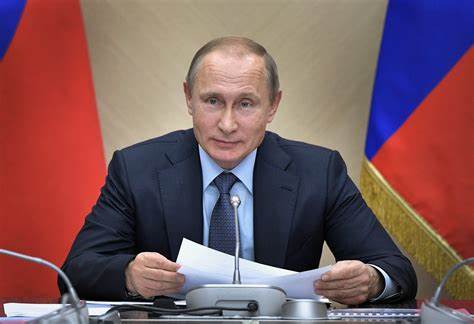
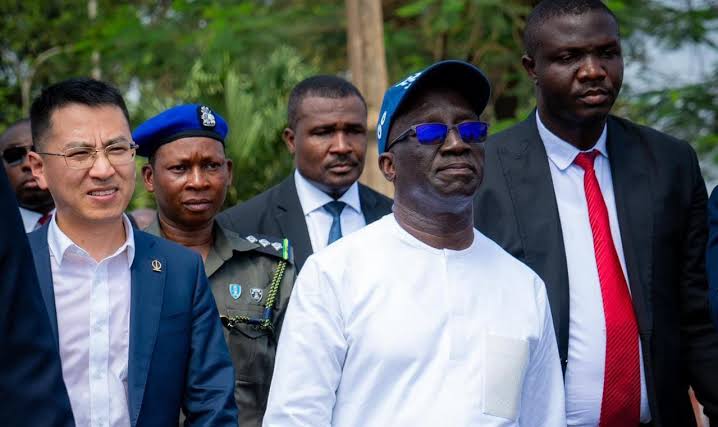

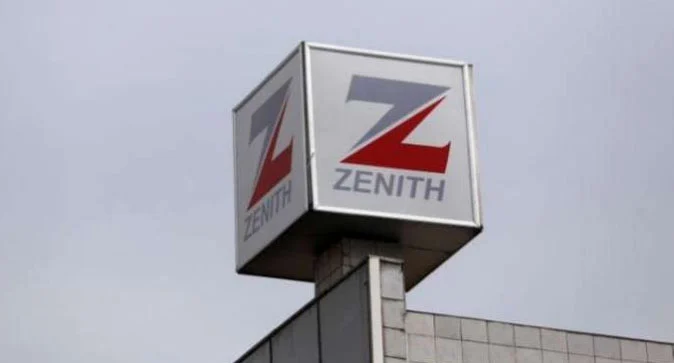

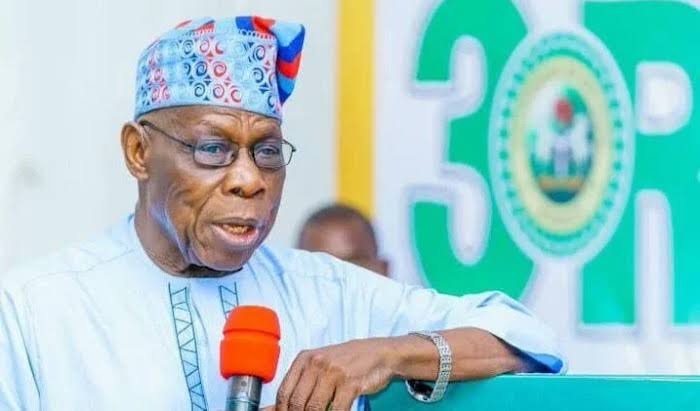
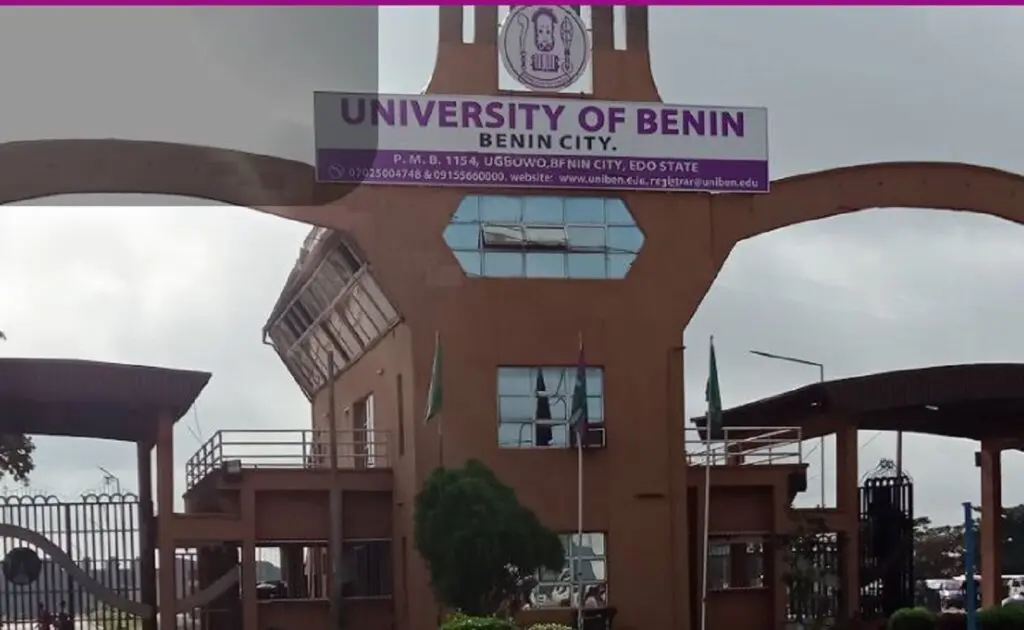
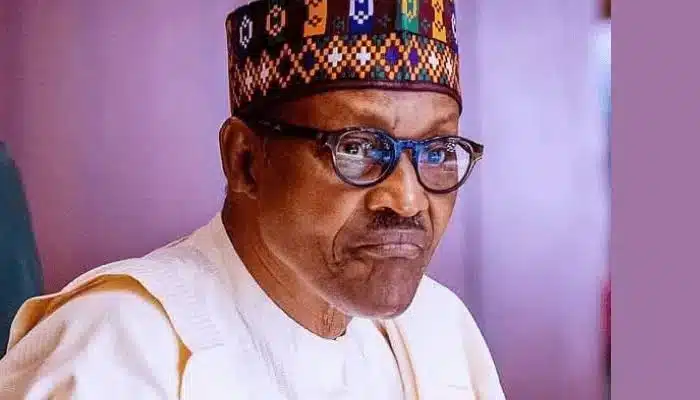
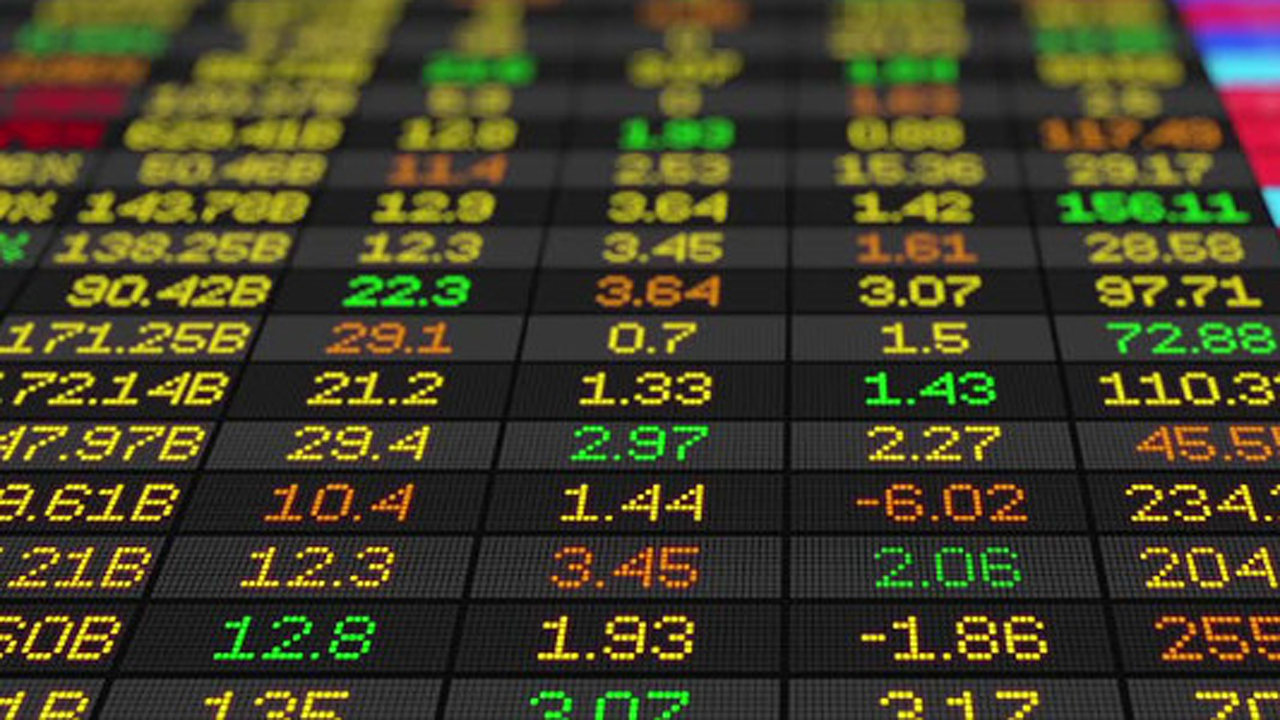

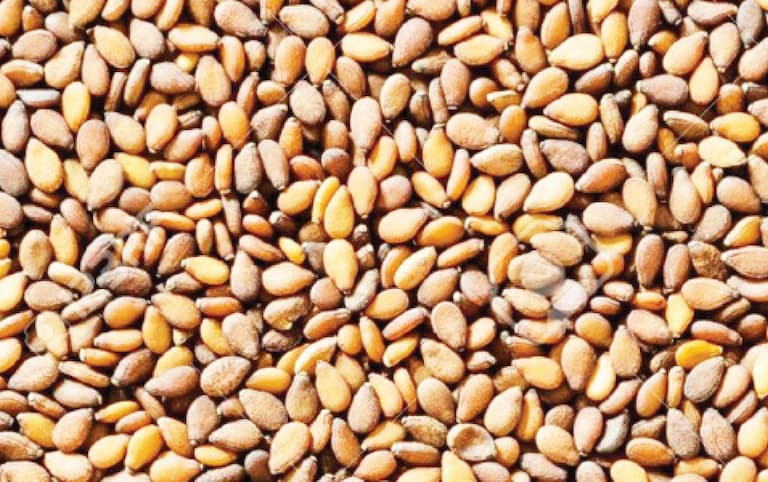
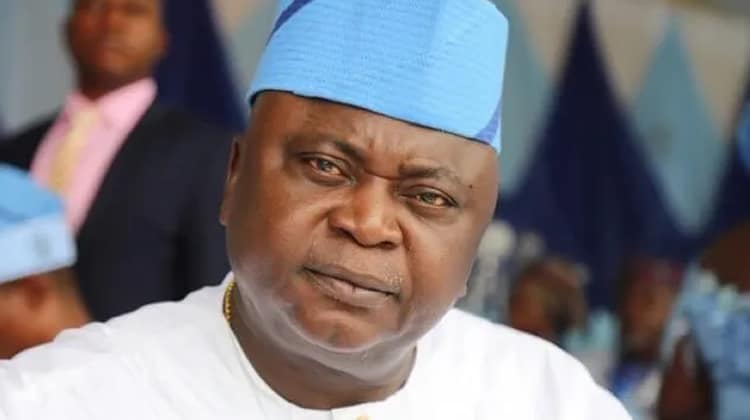



 English (US) ·
English (US) ·